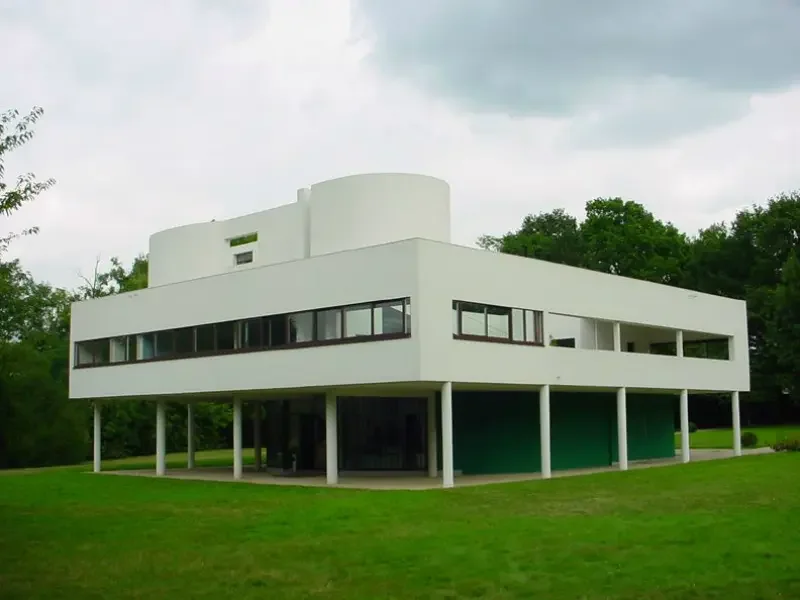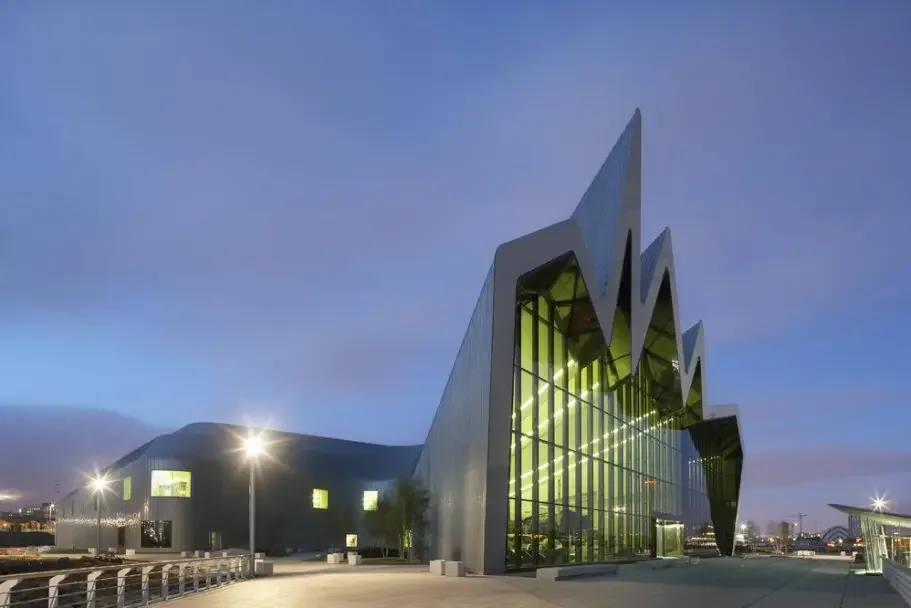The design of a building is one of the first things that will capture your attention. If a building is architecturally remarkable, it often becomes a landmark that defines a city and is visited by tourists from all over the world.
Memorable buildings often follow certain architectural styles that are immediately identifiable. Many of these design elements are still being utilised by architecture and design consultants adopting timeless principles of good design as an inspiration for their design projects.
Here are 8 of the most recognised architectural styles that have been applied in many popular structures around the globe.
Read More
This type of architecture refers to the style that was prominently used in ancient Greece and Rome. This architectural style adhered to the concept of building structures utilising a set template. Classical architecture is often expressed by the temple, an oblong enclosure or surrounded by columns.
The Greek order of columns, Doric, Ionic and Corinthian, are some of the more identifiable elements of classical architecture. These guidelines were followed by Roman architects, with the Corinthian being the more favoured style used in many Roman buildings.
Some of the most popular examples of classical architecture are the Acropolis complex in Athens and the Colosseum in Rome.

Some of the most famous churches in Europe feature the Gothic style of architecture. This architectural type that dominated for hundreds of years began in France and was then adapted throughout the continent. This is a style of stonework/masonry building that is characterised by three main features: sharply pointed arch, ribbed and vaulted columns, and flying buttress.
One of the most famous examples of French Gothic architecture is the Notre-Dame in Paris, France. Other prominent examples of structures that used Gothic architecture are Canterbury Cathedral in England, Cologne Cathedral in Germany, Milan Cathedral in Italy, Basilica of St. Denis in Paris, and Salisbury Cathedral in England.

This style of architecture originated in Italy and was said to be a more emotional and dramatic style designed to appeal to the senses. Baroque architecture usually includes curving forms such as ovals, as well as concave and convex forms that suggest motion. Distortion is also another key aspect in this style where you will see figures that are broken, elongated or manipulated to make them stand out.
Some of the examples of buildings with the Baroque style are the Palace of Versailles in France, St. Paul’s Cathedral in London, St. Peter’s Square in Vatican, and Schönbrunn Palace in Vienna.

As the name suggests, Neoclassical architecture is the revival of Classical architecture. The style is very reminiscent of the Greek and Roman forms. This resulted in 18th-century buildings somewhat resembling Greek and Roman temples.
Neoclassical architecture is defined by clean, elegant lines, uncluttered appearance, free-standing columns and massive buildings. Some of the more popular examples are the Bank of England Building in Liverpool, the White House in the United States, and the General Post Office in Dublin.
This is not always necessarily true, and that’s why involving sustainability experts early in the design process is a critical decision. Working with a design team that understands the complexities, demands, and challenges of constructing a sustainable building will be able to better offer proven solutions that can deliver both the required environmental benefits and cost-efficiency.
For expert advice on sustainable architecture, contact Barker Associates to find out how they help your project.
Image Source: Brad Kahn on Flikr

This style of architecture refers to buildings that were constructed during the reign of England’s Queen Victoria. Unlike other styles, Victorian architecture is not limited to a single particular design but is used as a broad term that saw the revival of Gothic, Romanesque, and Tudor elements.
The Victorian style was applied to residential house designs during the industrial revolution. Many homes in the UK, US, and Australia utilised this style. One characteristic that most Victorian homes share is the “dollhouse” look having elaborate trims, vivid colours, and asymmetrical designs.
Some of the more prominent Victorian buildings are the Palace of Westminster and Royal Albert Hall in London, Osborne House in the Isle of Wight, Balmoral Castle in Scotland, and Postcard Row in San Francisco, California.

This architectural style is an umbrella term that encompasses several different styles that became prominent during the first half of the 20th century. This is a minimalist style that was practised by many architects until after World War 2.
The modernist style prioritise simplicity of form, clean structure, lack of ornamentation, and function over form. This style also took advantage of the advances in steel, glass and concrete. Some of the best known architects of the 20th century flourished during this era including Frank Lloyd Wright and Le Corbusier.
It follows that some of the most iconic examples of Modern architecture include Frank Lloyd Wright’s Fallingwater house in the United States, Le Corbusier’s Villa Savoye in France, and Ludwig Mies van Der Rohe’s Neue Nationalgalerie in Berlin.
Image Source: trendir

As a reaction to the austerity and rigidity promoted by Modern architecture, the Post-Modernist architects launched this design movement in the 1960s. The post-modern designs incorporated artistic ornamentation and decorative elements into the building’s façade as opposed to just the clean lines upheld by modernist styles.
The Post-modernist style refused to be boxed to just one type so designs often drew inspiration from a mix of architectural styles. For some buildings, this combination often resulted to a somewhat hybrid and whimsical design.
The Vanna Venturi House in Pennsylvania, USA designed by Robvert Venturi is one of the first prominent structures of the post-modern architecture movement. Two famous structures designed by architect Frank Gehry, the Guggenheim Museum in Bilbao, Spain and the Dancing House in Prague are also notable examples. In the UK, the SIS Building and the No 1 Poulty in London are some examples.

Neofuturism is an architectural style that is seen as a more idealistic approach to the future. The designs increasingly take advantage of new technologies to build seemingly impossible forms and innovative structures that have never been done before. Neofuturist architecture is identified with structures that seem to defy natural physics which were only previously seen in sci-fi movies.
One of the best-known architects of Neofuturist architecture is ground-breaking Iraqi-British architect Zaha Hadid. In 2004, she was the first female architect to be awarded the Pritzker Prize in Architecture which was considered the Nobel Prize in the architecture world. She was also a two-time recipient of the Riba Stirling Prize- the UK’s most prestigious architecture award.
Hadid, who passed away in 2016 at the age of 65, was known for her distinctive projects including The New Riverside Museum in Glasgow, Serpentine Sackler Gallery in Hyde Park, the 2020 Tokyo Olympic Stadium in Japan, the 2022 FIFA World Cup Stadium in Qatar, and the Heydar Aliyev Cultural Centre in Azerbaijan.
Image source: Zara Hadid
